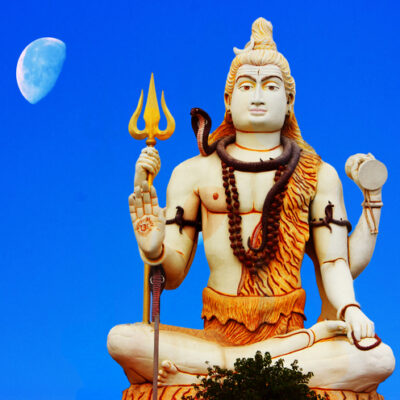Kukke Sri Subramanya Temple – Karnataka

Address
Kukke Sri Subramanya Temple – Karnataka
Subrahmanya Post Kadaba taluk,
Dakshina Kannada district,
Karnataka 574238
Moolavar
Sri Subramanya
Introduction
Kukke Subramanya is a revered Murugan temple located in Subramanya village, Kadaba Taluk, Dakshina Kannada district, Karnataka, India. Here, Lord Murugan is worshipped as Subramanya, the lord of all serpents. According to the epics, the divine serpent Vasuki and other serpents sought refuge under Lord Subramanya when threatened by Garuda. The temple rituals follow Madhvacharya’s Tantra Sara Sangraha.
Puranic Significance
Kukke Subramanya Temple is nestled in a picturesque location surrounded by rivers, forests, and mountains, creating a serene and natural setting. The temple, over 1500 years old, is located by the banks of the Kumara Mountain-originated Dhara river, which flows towards the western sea. Historically known as Kukke Pattana, this temple’s importance is highlighted in the Mahimanipurana chapter of the Sahyadrikhanda from the Skanda Purana.
One belief surrounding the temple is that after defeating the demon rulers Tharaka, Shurapadmasura, and their followers, Lord Subramanya (Shanmukha), along with his brother Ganesha, arrived at Kumara Parvatha. Indra, pleased with his victory, requested Lord Subramanya to marry his daughter, Devasena. The marriage, held on Margashira Shudha Shashti, witnessed the gathering of several deities, and the waters of their holy rivers formed the Kumaradhara river. Furthermore, Vasuki, the serpent king, performed penance at the temple to avoid Garuda’s attacks. Lord Subramanya blessed Vasuki, and since then, he has remained as the parama bhakta (devotee) at this sacred site.
Beliefs
Sarpa Samskara / Sarpa Dosha
Sarpa Samskara, also known as Sarpa Dosha, is a significant ritual performed by devotees to get rid of the serpent curse (Sarpa Dosha). It is believed that a person can suffer from this dosha due to actions in past or present lives, whether knowingly or unknowingly. Devotees, both male (if married) or through a priest, perform this ritual to seek relief and well-being. The pooja takes place during the daytime, and devotees must stay for two days. Food arrangements are provided for four people during this period. The pooja is widely practiced by people of all faiths in the coastal regions of Karnataka and Kerala, owing to the deep cultural significance of serpent worship.
Special Features
Pilgrims visiting the temple must first cross the Kumaradhara river and take a holy dip before proceeding to the temple for darshan (holy viewing) of Lord Subramanya.
The temple has a unique structure. Devotees enter through a rear doorway and circumambulate the Garuda pillar, which is covered in silver. This pillar is believed to shield devotees from the poisonous flames emanating from Vasuki, the serpent deity residing in the temple. After circumambulating the Garuda pillar, pilgrims move towards the outer hall, then the inner hall, and finally reach the sanctum sanctorum of Lord Subramanya. Inside the sanctum, Lord Subramanya’s idol stands on a pedestal, accompanied by the deities of Vasuki and Shesha. Daily rituals are performed for these deities.
Festivals
The rituals at the temple follow the rare Vaikasana Agama system. On festivals and sacred days, special poojas are conducted. One of the most prominent festivals is the annual Shashti celebration, which holds great religious significance. Other sacred days also witness special ceremonies and events to honor Lord Subramanya and the serpent deities.
Kukke Subramanya Temple continues to grow in popularity, not just for its religious importance but also for its scenic beauty and spiritual significance.







Century/Period
1000 Years Old
Nearest Bus Station
Kukke Subramanya
Nearest Railway Station
Subrahmanya Road Railway Station (SBRS), Kukke Subramanya train.
Nearest Airport
Mangalore






